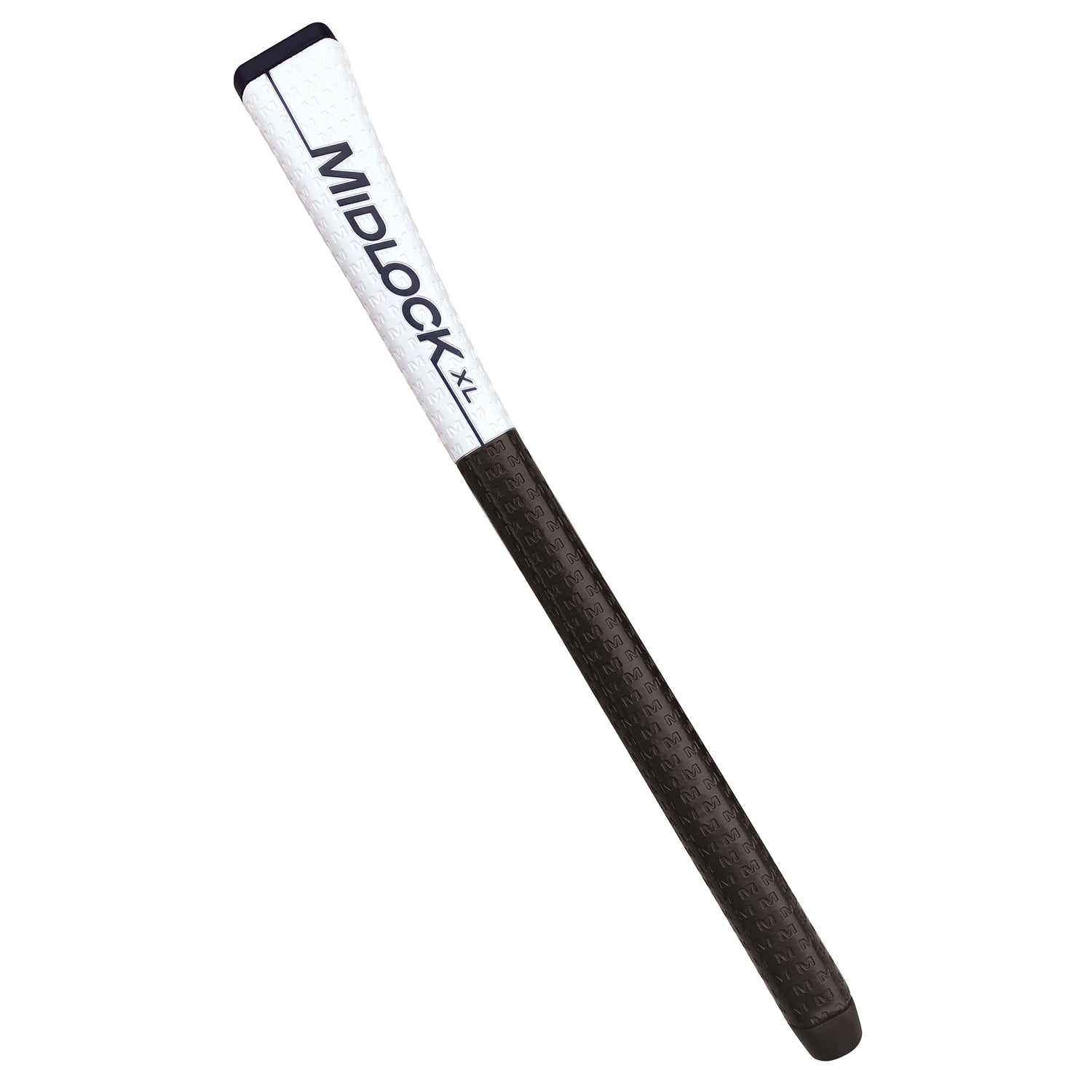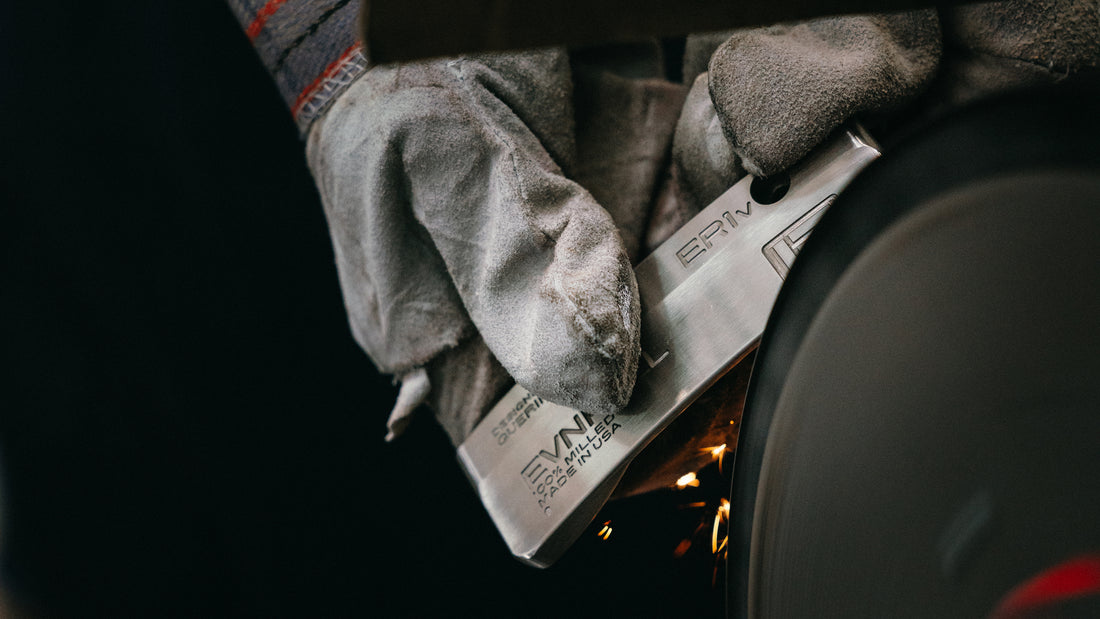The primary difference between a milled putter and a cast manufactured putter lies in their manufacturing processes, which significantly influence their feel, performance, and cost. Evnroll Putters offers a stunning line of 100% Milled and Made In USA clubs. Here's a look at the details.
Milled Putters
Manufacturing Process: Milled putters are created from a single block of metal, usually stainless steel or a soft metal like carbon steel. The putter head is carved out using a CNC (Computer Numerical Control) milling machine, which shaves the metal into the desired shape with high precision. Milling putters takes several steps of machining to create the desired shape and intricate design patterns of the club face.
Feel and Performance: Because milling allows for precise control over the design, milled putters often have a more consistent feel across the face. The process can create a softer feel at impact, which many golfers prefer for the feedback it provides on putts. Evnroll's SweetFace™ Technology offers an advantage beyond standard milled putters
Cost: The milling process is labor-intensive and requires significant time, contributing to a higher cost for milled putters compared to their cast counterparts.
Appearance: Milled putters often feature distinct, precise lines and a more refined finish, appealing to golfers who value craftsmanship and aesthetic. Milling allows for far greater detail and customization in the design process and is therefore a trademark of premium putter manufacturers.
Cast Manufactured Putters
Manufacturing Process: Cast putters are made by pouring molten metal into a mold of the putter head's desired shape. Once the metal cools and solidifies, it is removed from the mold. The putter head may undergo additional processes like polishing and finishing to enhance its appearance and feel.
Feel and Performance: Casting can produce putters with a wider variety of shapes and designs, including more intricate cavity backs or larger mallets, which might be difficult or more expensive to achieve through milling. However, cast putters may have a slightly firmer feel at impact compared to milled putters.
Cost: The casting process is generally more cost-effective, especially for producing putters in large quantities. This makes cast putters more accessible at a lower price point.
Appearance: While modern casting techniques can produce high-quality finishes, cast putters may lack the sharp, precise lines found in milled putters due to the nature of the casting process.
The choice between a milled and cast putter often comes down to preference regarding feel, performance, appearance, and price. Milled putters offer more intricate designs, greater precision, and a softer feel at a higher cost, while cast putters provide versatility and affordability with a slightly different feel.


